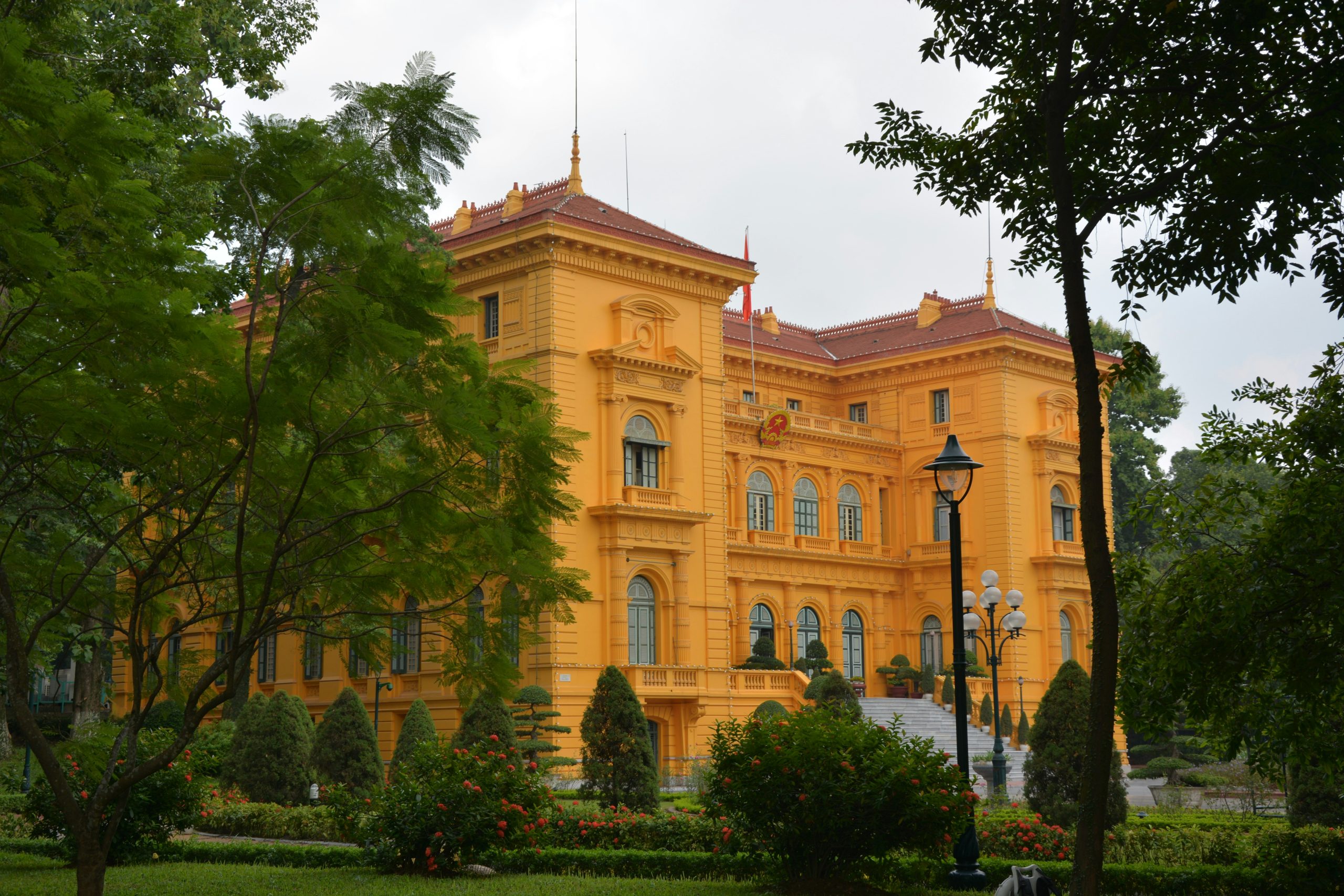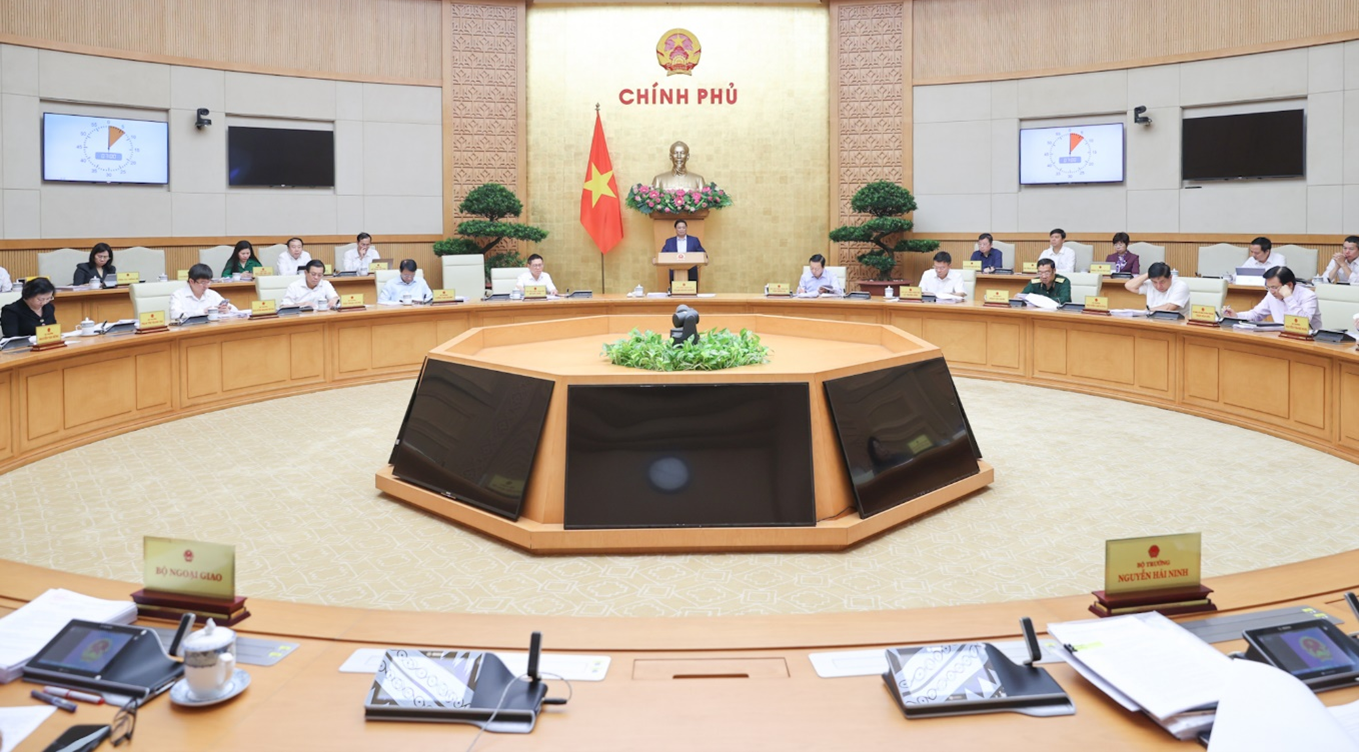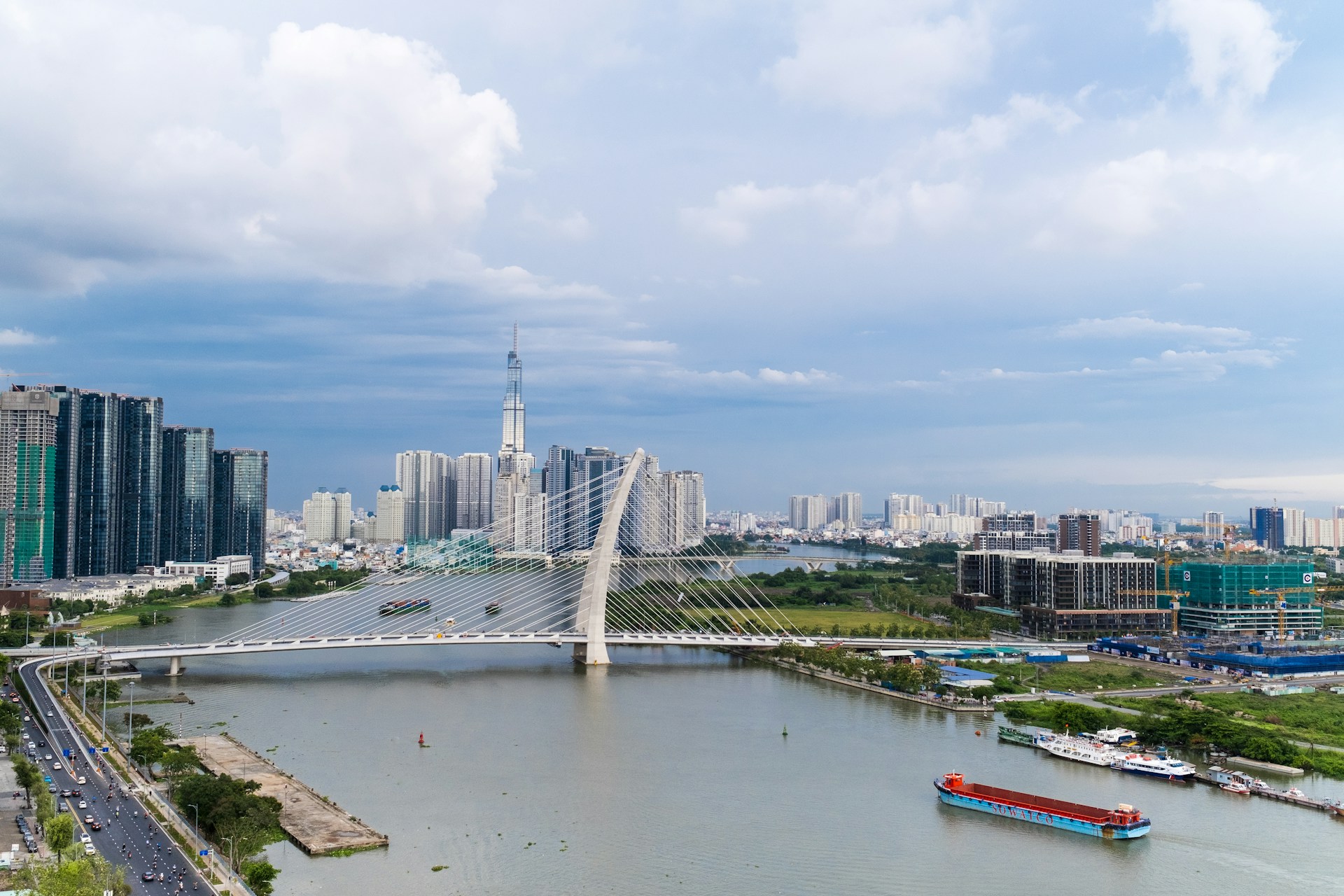
10Apr2025
Latest News & Report / Vietnam Briefing
Comments: No Comments.
Vietnam is undergoing a strategic transformation of its political system aimed at streamlining the government apparatus, enhancing administrative efficiency, and reinforcing transparency. This reform initiative is part of a broader vision to modernize the government functions and adapt to new economic and global realities. As Vietnam strengthens its institutional framework, the country is positioning itself as a stable and attractive destination for long-term investment.
Overview of Vietnam’s Political System
Currently, Vietnam has five main state-governing bodies: the National Assembly, the President, the Government, the Supreme People’s Court, and the Supreme People’s Procuracy. Among these, the National Assembly holds the highest level of authority, followed by the Government and the remaining institutions.
Vietnam’s Government Organizational Structure for the 2021–2026 Term
| Institution | Head of Institution | Title |
| National Assembly | Trần Thanh Mẫn | Chairman |
| State President | Lương Cường | President |
| Government | Phạm Minh Chính | Prime Minister |
| Supreme People’s Court | Lê Minh Trí | Chief Justice |
| Supreme People’s Procuracy | Nguyễn Huy Tiến | Prosecutor General |
Source: Thuvienphapluat
In addition to the main governing bodies, Vietnam’s central government structure consists of 22 ministries and ministry-level agencies, along with 8 other entities that report directly to the government. While responsible for managing national activities, this large number of agencies, often with overlapping regulations, created significant problems for both citizens and businesses[1].
Government Moves to Streamline the Political System
In the Sixth Plenary Session of the 12th Central Committee of Vietnam in 2017, the government presented a proposal for the first time with the goal of streamlining state apparatuses from the government to province levels. This initiative aims to enhance the management, operation, and development of the country. At the same time, the session also introduced the directive, Resolution No. 18 – NQ/TW, which sets the objective for the period from 2021 to 2030 for Vietnam to streamline the political system’s structure[2].
At the ministry level, on December 6th, 2024, the Vietnamese government issued Plan No. 141/KH-BCĐTKNQ18: Orientation for arranging and streamlining the organizational structure of the government. The plan aims to reduce the structure to 14 ministries and 3 ministry-level agencies (reduction of 5 entities) and 5 agencies attached to the Government (a reduction of 3 such agencies). It also mandates significant personnel adjustments, targeting a downsizing of the state workforce by over 22,000 positions. Additionally, in the first quarter of 2025, the plan has eliminated 13 general departments and equivalent organizations, 519 departments and equivalent organizations, 219 divisions and equivalent units, and 3,303 sub-departments and similar entities[3].
The regular Government meeting in October 2024
Source: The government news
Furthermore, since March 1st, 2025, the government has gradually introduced a series of decrees aimed at refining the specific functions and responsibilities of each ministry and agency while also initiating the streamlining of the administrative apparatus across all levels of government.
Changes in the revised political system apparatus after streamlining
| Agency | Resulting Structure / Status | Functions and Responsibilities[4] | |
| Ministries and Ministry-Level Agencies | Ministry of Home Affairs | Merged from Ministry of Home Affairs and Ministry of Labour, Invalids and Social | State management of labor and social affairs sectors. |
| Ministry of Finance | Incorporated from Ministry of Planning & Investment and Vietnam Social Security | State management of finance, currency, and investment sectors. | |
| Ministry of Agriculture and Environment | Merged from Ministry of Natural Resources & Environment
and Ministry of Agriculture |
State management of agriculture, forestry, fisheries, resource management, environment, and disaster prevention. | |
| Ministry of Construction | Merged from Ministry of Transport and Ministry of Construction | Planning, construction, and development of urban infrastructure and transportation. | |
| Ministry of Science & Technology | Merged from Ministry of Information & Communications and Ministry of Science & Technology | Scientific research, technology development, innovation, development of IT and digital technology. | |
| Committee for Ethnic Minority Affairs | Merged from the Ethnic Committee and part of the Ministry of Home Affairs | State management of ethnic minority affairs, beliefs, and religion. | |
| Agencies Attached to the Government | National Financial Supervisory Commission | Removed | Functions transferred to the Ministry of Finance and Investment or the Ministry of Economic Development. |
| Ho Chi Minh Mausoleum Management Board | Removed | Functions transferred to the Ministry of National Defense. | |
| Vietnam Social Security | Removed | Functions transferred to the Ministry of Finance and Investment or the Ministry of Economic Development. |
Source: Vietnam Government Portal
At the province level, as part of the general directive outlined in Resolution No. 18 – NQ/TW, by 2025, the 63 provinces and cities will have reduced 343 specialized agencies and equivalent units under the provincial People’s Committees, achieving a reduction rate of 29%. Subsequently, 1,454 specialized agencies under the district-level People’s Committees have been reduced, representing a 17.5% decrease[5]. In addition, starting in April 2025, government agencies will be tasked with researching the potential merger of provinces, the elimination of district-level administration, and the development of a two-tier local government model. This initiative aims to create a more streamlined, efficient, and high-performing government structure. The plan is expected to reduce the number of provinces from 63 to 34, remove district-level administrative bodies, and establish approximately 5,000 administrative units at the commune and ward level[6].
Prospects for Foreign Investors Entering the Vietnam Market
In the past, Vietnam’s complex network of ministries and agencies posed major challenges for both citizens and investors. According to the 2024 JETRO Survey, over 62% of Japanese businesses in Vietnam found administrative procedures – especially those involving permits and licenses – excessively time-consuming, while nearly 58% pointed to an underdeveloped and unclear legal system[7]. In some cases, securing paperwork for land-related investment projects could take over a year, requiring 30 to 40 official approvals from various agencies[8].
Conversely, Vietnam’s ongoing efforts to streamline its political and administrative systems will offer tangible benefits for foreign investors. By reducing cumbersome procedures and minimizing the need to visit multiple agencies for approvals, these reforms aim to speed up document processing and improve overall efficiency. Clearly defined agency responsibilities also help prevent the shifting of accountability, enabling quicker decision-making and lowering the risk of informal costs. This simplification enhances government effectiveness, strengthens policy implementation, and increases regulatory predictability, allowing investors to better understand legal requirements and reduce operational risks. Though, in the short term, Vietnam is likely to encounter difficulties as both public institutions and citizens adjust to new processes. At the same time, the current legal framework, which has not yet been fully updated to align with the streamlined system, may continue to pose challenges for both the public and investors alike.
Conclusion
By tackling internal inefficiencies, the government is working to strengthen the foundations for long-term political stability and a reliable investment climate. While streamlining for every department in the country is an ongoing process, the clear direction towards greater efficiency, accountability, and predictability significantly enhances Vietnam’s attractiveness as a compelling destination for foreign investment.
[1] https://www.sggp.org.vn/phan-hoi-loat-bai-lang-phi-giac-noi-xam-xoa-bo-thu-tuc-hanh-chinh-ruom-ra-post765784.html
[2] Nghị quyết 18-NQ/TW 2017 sắp xếp tổ chức bộ máy của hệ thống chính trị tinh gọn hoạt động hiệu lực
[3] https://baochinhphu.vn/dau-an-cuoc-cach-mang-tinh-gon-bo-may-102250318165651097.htm
[4] Effective starting from March 1st, 2025
[5] Giảm 343 cơ quan cấp tỉnh, 1.454 cơ quan huyện khi tinh gọn
[6] https://vov.vn/chinh-tri/trung-uong-xem-xet-de-an-sap-nhap-tinh-bo-cap-huyen-trong-thang-42025-post1188509.vov
[7] https://www.jetro.go.jp/ext_images/en/reports/survey/pdf/2024/EN_Asia_and_Oceania_2024_r4.pdf
[8] https://www.tinnhanhchungkhoan.vn/310-ngay-de-lam-thu-tuc-hanh-chinh-voi-du-an-dau-tu-co-su-dung-dat-con-qua-nhanh-thuc-te-dai-hon-rat-nhieu-post355525.html
* If you wish to quote any information from this article, please kindly cite the source along with the link to the original article to respect copyright.
| B&Company
The first Japanese company specializing in market research in Vietnam since 2008. We provide a wide range of services including industry reports, industry interviews, consumer surveys, business matching. Additionally, we have recently developed a database of over 900,000 companies in Vietnam, which can be used to search for partners and analyze the market. Please do not hesitate to contact us if you have any queries. info@b-company.jp + (84) 28 3910 3913 |











